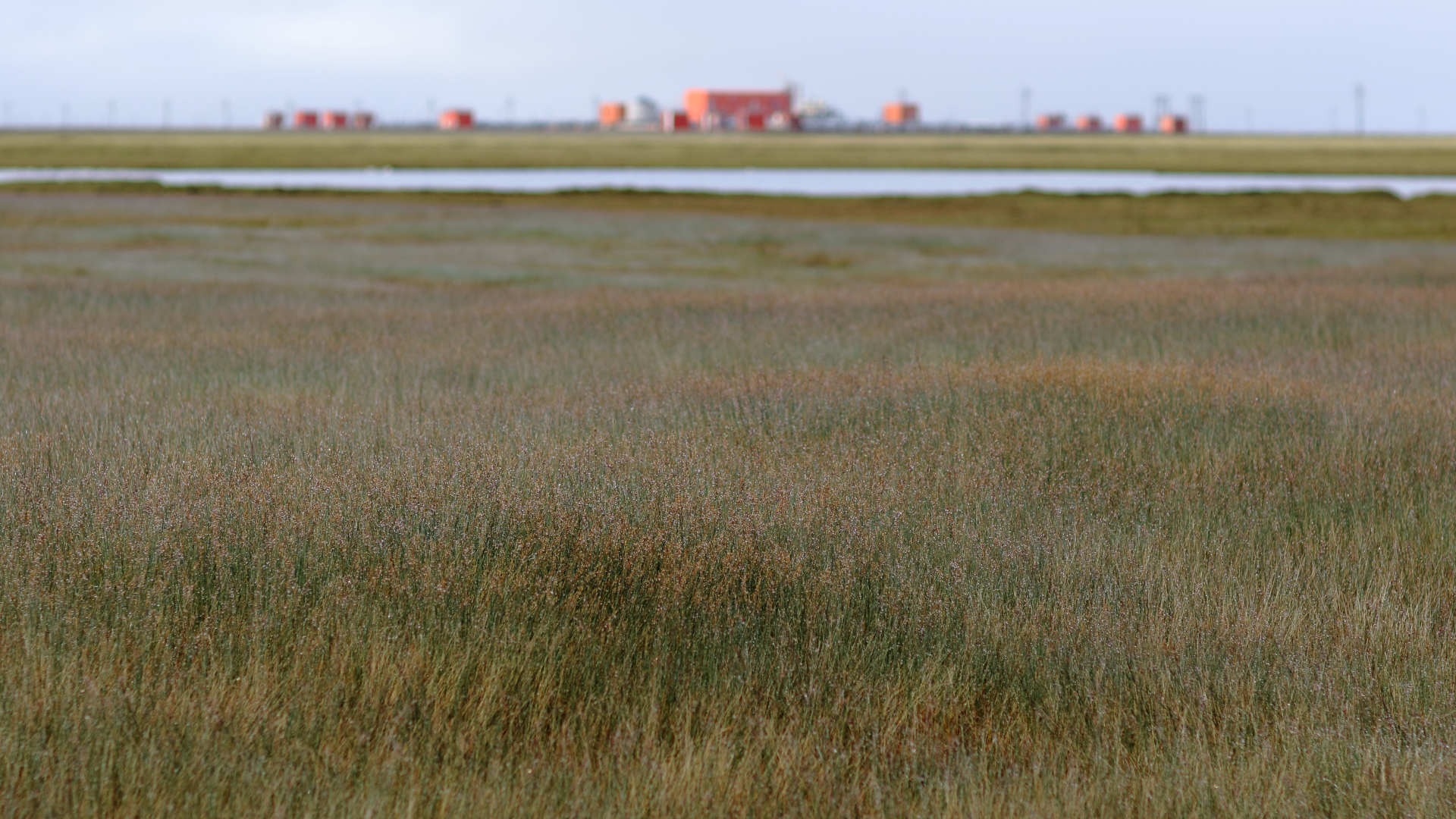
The Coastal Plain region in Georgia is a captivating expanse that holds a wealth of natural wonders and diverse ecosystems. Stretching from the Atlantic Ocean to the fall line, this region boasts a unique blend of landscapes, from marshes and swamps to sandy beaches and pine forests. As we delve into the depths of this remarkable area, we uncover a tapestry of fascinating facts that shed light on its geological significance, rich biodiversity, and cultural heritage. From the formation of its distinct features to the intricate web of life that thrives within its boundaries, the Coastal Plain region in Georgia beckons us to explore its secrets and marvel at its beauty. Let's embark on a journey to uncover 18 compelling facts about this enchanting region, delving into its history, natural marvels, and the myriad of life forms that call it home.
Key Takeaways:
- The Coastal Plain Region in Georgia is a diverse and vital area, known for its rich agriculture, unique wildlife, and historical significance, offering a captivating blend of natural beauty and cultural heritage.
- From picturesque barrier islands to charming small towns, the Coastal Plain Region in Georgia provides ample opportunities for outdoor activities, birdwatching, and agritourism, making it a haven for nature enthusiasts and history buffs alike.
The Coastal Plain Region in Georgia is the largest and most ecologically diverse region in the state.
Stretching from the Atlantic coast to the fall line, this region covers about three-fifths of Georgia's land area. The Coastal Plain is characterized by its flat, low-lying terrain and is home to a variety of unique ecosystems, including swamps, marshes, and barrier islands.
The region is known for its rich agricultural production.
The Coastal Plain boasts fertile soils, making it an ideal area for farming. It is a major producer of crops such as peanuts, cotton, and pecans, contributing significantly to Georgia's agricultural economy.
The Okefenokee Swamp, located in the Coastal Plain, is one of the largest and most well-preserved freshwater systems in the world.
This vast wilderness area is home to diverse wildlife, including alligators, turtles, and numerous bird species. It is a haven for nature enthusiasts and researchers alike.
The Coastal Plain is dotted with charming small towns and historic cities.
Communities such as Savannah and Brunswick offer a blend of rich history, stunning architecture, and vibrant cultural scenes, attracting visitors from near and far.
It is a region of natural beauty and outdoor recreation opportunities.
With its lush forests, pristine rivers, and expansive coastline, the Coastal Plain provides ample opportunities for outdoor activities such as hiking, fishing, and birdwatching.
The region's coastline is lined with picturesque barrier islands.
These islands, including popular destinations like St. Simons and Jekyll Island, offer serene beaches, maritime forests, and a glimpse into Georgia's coastal heritage.
The Coastal Plain is home to a unique blend of plant and animal species.
Its diverse habitats support a wide array of flora and fauna, including carnivorous pitcher plants, endangered indigo snakes, and the iconic longleaf pine trees.
The region has a significant impact on Georgia's economy.
In addition to agriculture, the Coastal Plain plays a vital role in industries such as tourism, shipping, and forestry, contributing to the state's overall economic prosperity.
The Coastal Plain's climate is characterized by hot, humid summers and mild winters.
This climate, coupled with ample rainfall, creates favorable conditions for agriculture and sustains the region's rich natural landscapes.
The region has a fascinating geological history.
The Coastal Plain's formation dates back millions of years and is marked by geological features such as the Altamaha River Delta and the remnants of ancient marine sediments.
The Coastal Plain is home to the Port of Savannah, one of the busiest seaports in the United States.
This strategic port serves as a gateway for global trade and plays a crucial role in the state's economy, serving industries ranging from agriculture to manufacturing.
The region is a hotspot for birdwatching and wildlife observation.
From the majestic bald eagle to the elusive painted bunting, the Coastal Plain provides a haven for bird enthusiasts and wildlife photographers seeking to capture the beauty of Georgia's natural inhabitants.
The Coastal Plain's cultural heritage is rich and diverse.
From Gullah Geechee traditions to the influence of Native American tribes, the region's cultural tapestry reflects a blend of traditions, music, and culinary delights.
The Coastal Plain is a haven for water-based activities.
Boating, kayaking, and paddleboarding enthusiasts flock to the region's waterways, including the meandering Satilla River and the tranquil waters of the Coastal Plain's numerous lakes.
It is a region of historical significance.
The Coastal Plain is dotted with historical sites and landmarks, offering a glimpse into Georgia's past, including the impact of colonial settlements and the legacy of the Civil War.
The Coastal Plain's wetlands are vital for ecosystem health.
These wetlands serve as crucial habitats for numerous species, playing a pivotal role in maintaining ecological balance and supporting biodiversity.
The region is a prime destination for agritourism.
Visitors can immerse themselves in the Coastal Plain's agricultural heritage by exploring farms, attending farmers' markets, and participating in agritourism activities, offering a unique and immersive experience.
The Coastal Plain Region in Georgia offers a captivating blend of natural beauty, cultural heritage, and economic significance, making it a truly remarkable and integral part of the state's identity.
With its diverse ecosystems, rich history, and economic contributions, the Coastal Plain stands as a testament to Georgia's natural and cultural wealth, inviting visitors to explore its wonders and embrace its allure.
Conclusion
The Coastal Plain region in Georgia is a fascinating area characterized by its unique geological features, diverse ecosystems, and rich cultural heritage. From the picturesque barrier islands to the fertile agricultural lands, this region offers a wealth of natural resources and recreational opportunities. By exploring its geological history, ecological significance, and human impact, we gain a deeper appreciation for the Coastal Plain's importance in shaping Georgia's identity. As we continue to cherish and protect this invaluable region, we ensure its preservation for future generations to enjoy and learn from.
FAQs
What makes the Coastal Plain region in Georgia unique?The Coastal Plain region in Georgia is renowned for its flat topography, extensive wetlands, and rich biodiversity. Its distinct geological formations, including the Okefenokee Swamp and barrier islands, contribute to its unique character.
How has human activity impacted the Coastal Plain region in Georgia?Human activity has significantly impacted the Coastal Plain region in Georgia through urbanization, agriculture, and industrial development. These activities have led to habitat destruction, pollution, and alterations in natural water flow, affecting the region's ecosystems and wildlife.
Was this page helpful?
Our commitment to delivering trustworthy and engaging content is at the heart of what we do. Each fact on our site is contributed by real users like you, bringing a wealth of diverse insights and information. To ensure the highest standards of accuracy and reliability, our dedicated editors meticulously review each submission. This process guarantees that the facts we share are not only fascinating but also credible. Trust in our commitment to quality and authenticity as you explore and learn with us.


